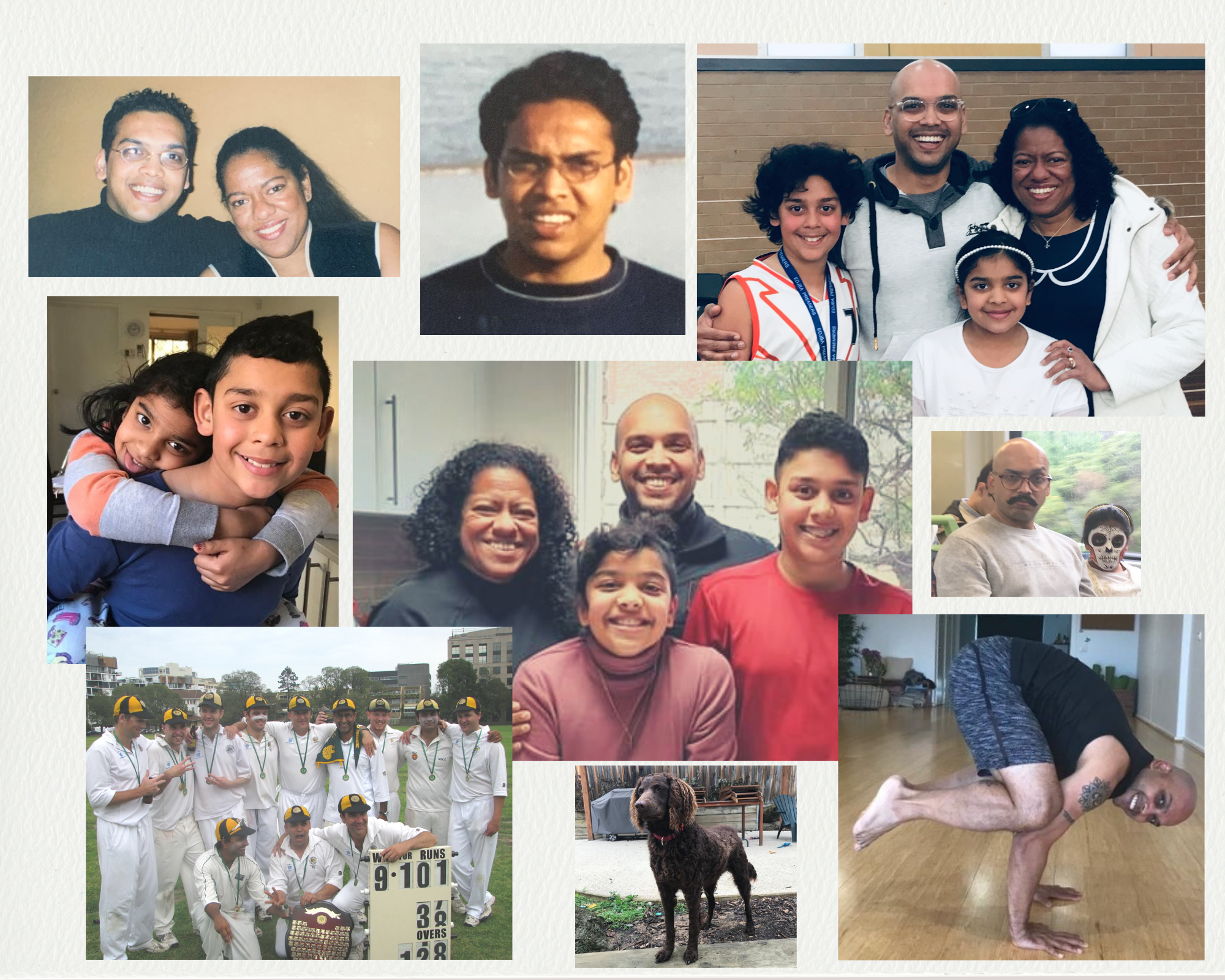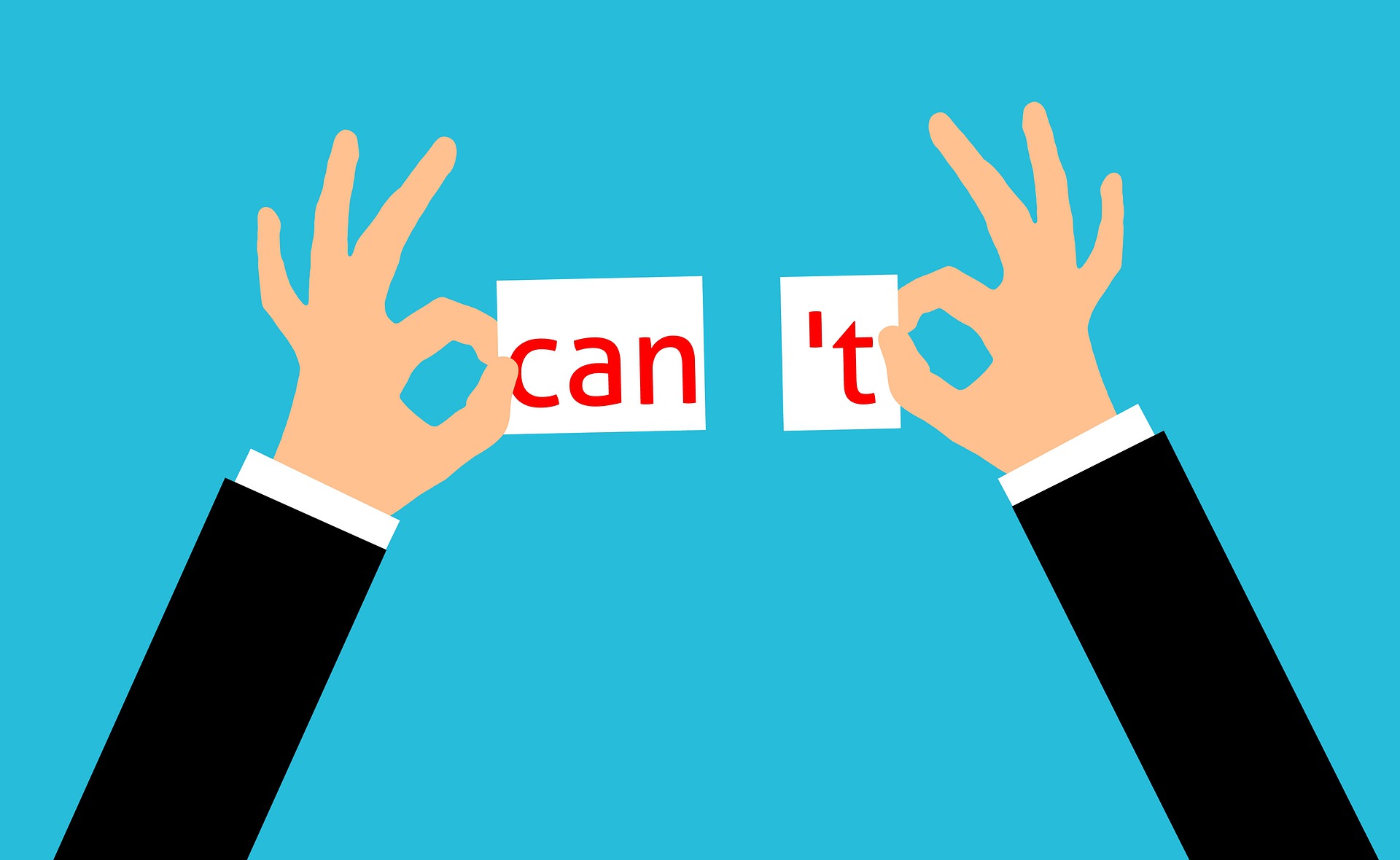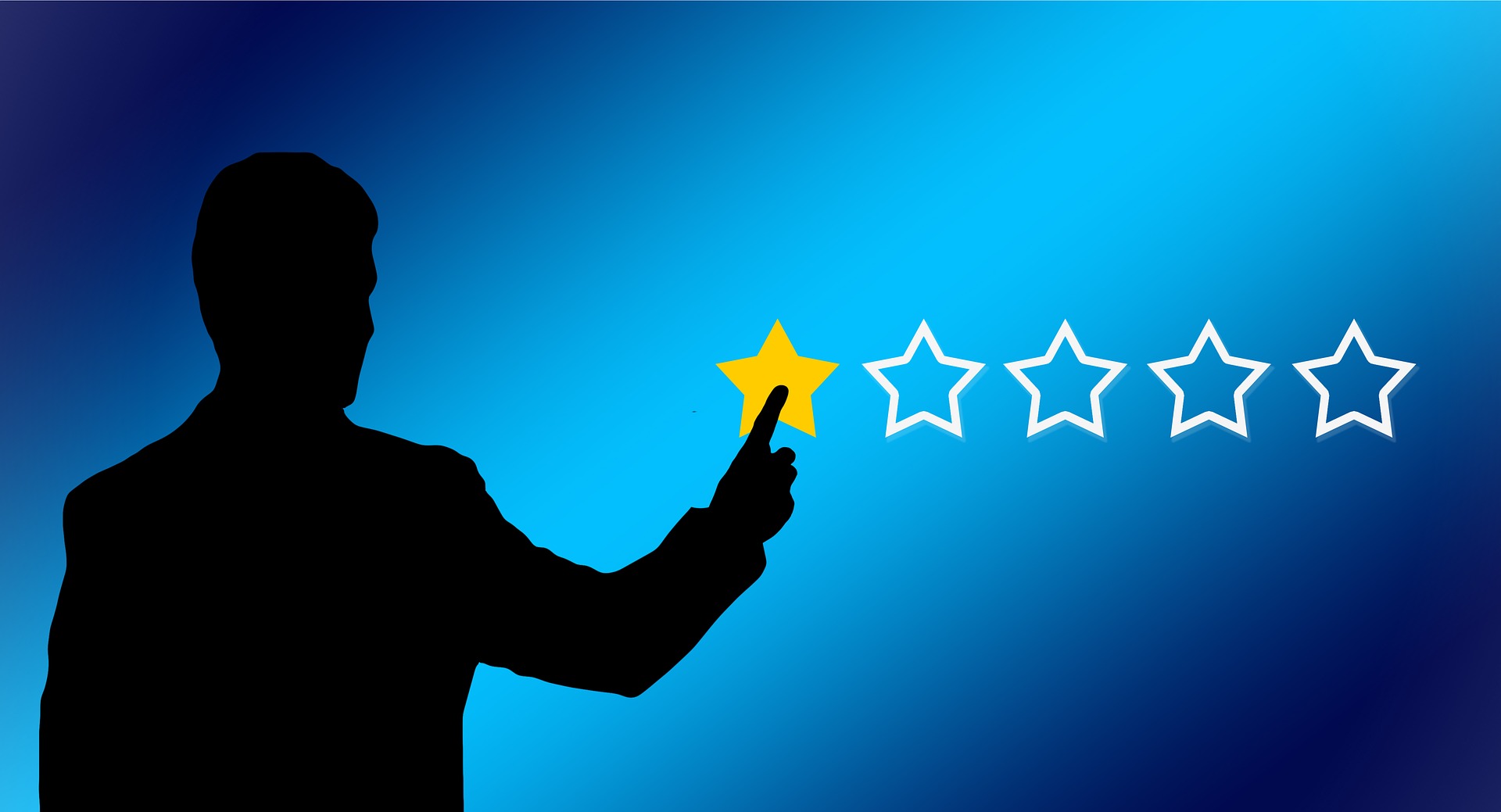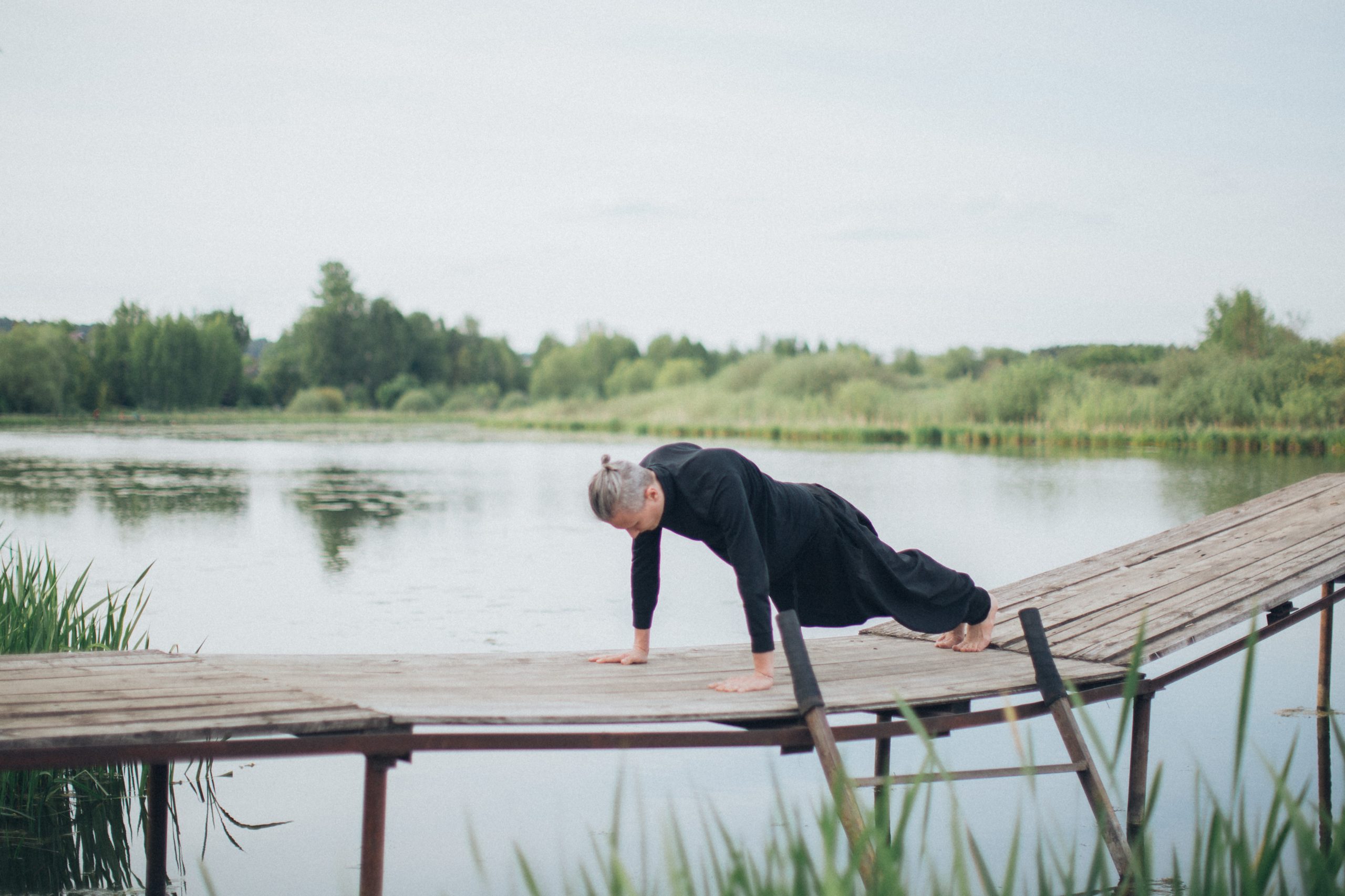Life is about not knowing, having to change, taking the moment, and making the best of it, without knowing what’s going to happen next. – Gilda Radner
It feels like it was yesterday, 4th of July 2001. Dressed in blue jeans, white T-Shirt, and a white shirt. My seat was in the middle isle of the Singapore Airlines flight. A swarm of mixed emotions, part happiness, part nerves and sheer fear. I was on my way to Australia to study my MBA at Monash University. I had never been on an international flight before that in my life. Given my nervousness about travelling overseas, our travel agent came out to the airport to help me. He helped me check in and explained the process of obtaining another boarding pass in Singapore for Melbourne. He also reminded me that Singapore has a death penalty if you are caught with drugs and told me to look after my hand luggage in case someone slipped drugs into my bag. As if I was not nervous enough already! The flight was quite uneventful. I remember clutching on to my bag with dear life at the Singapore airport! On the second leg of my flight, I happened to be seated next to a gentleman who was part of the Hare Rama Hare Krishna mission in Melbourne, and he kindly helped me navigate the customs line and collect my baggage upon our arrival.
In the second half of 1998, I commenced my studies to become a Chartered Accountant (CA). My dad is a CA, his friends were accountants, and their kids were mostly studying to become accountants. That was my world, so I decided to become an accountant. Little did I know at the time that I had no interest in numbers, accountancy, or finance. After two years of disinterest and failed exams, I happened upon a chance conversation with of one of my mate’s cousins in Mumbai. He had just come home to visit after finishing his MBA from UTS in Sydney. I remember speaking to him from a public phone with a plethora of 1-rupee coins in pocket. By the end of the call, I had made up my mind to go to Australia. I knew I had to get out of the rut I was in, I knew I had to do something. Looking back now I realise that most of the big decisions in my life have been taken in a similar manner, i.e., “just do it without over analysing and worry about the consequences later”. In most cases this approach has worked out well for me.
I touched down in Melbourne on the 5th of July. The customs officer at the airport looked at my declaration and asked me “no spices?” I responded with a no, and she looked visibly surprised. I learned later that most Indian students came to Australia with half a suitcase full of spices given the unique nature of the Indian cuisine. Monash University had organised my transport from the airport to my accommodation in Carnegie. In my first term I was in a share house with 7 other roommates. I learned a lot about myself during the first term.
Coming to Australia felt like a last roll of the dice as far as my career and life was concerned at the time. In my heart of hearts, I knew that I had to make it work and I am glad that it has worked out for me. I have had some amazing experiences over the last 20 years in this amazing country I now call home.
Family
I met her during orientation week at a breakfast for new international students. She had arrived in Australia 4 days after me i.e., 9th of July 2001. There was a glass of orange juice on a small plate that she was holding in her left hand. After our introduction, my offer to hold the juice for her in case someone knocks it over was declined. Five minutes later someone bumped into her elbow, and I caught the glass whilst the juice spilled all over the floor and my brand-new Reebok shoes. I gave her the ‘I told you so’ look. In our first term, Miriam and I were studying 3 subjects together. As a result, we ended up spending a lot of time together. Our first date was on September 11. I remember coming home late that night and one of my housemates was watching the news of planes crashing into the world trade centre. As I spent more time with Miriam, I was amazed to learn about our different upbringings and cultures. Miriam is a very calm, kind, and caring person. I am impulsive and quick with my decision making, she is a careful planner. I am an extrovert, and she is an introvert. Given the cultural and religious differences, I had a tough time convincing my parents. As such we had to get married thrice, first time at the registry on Spring Street, second time at a Catholic church in Colombo, Sri Lanka and third time in India which was a traditional Indian ceremony. Twenty years later we are still together and have two beautiful children (boy 13, girl 10). It is without doubt that I would not have achieved anything in life without the unconditional love, support, and friendship of my amazing wife.
Cricket
Even though I decided to move to Australia without ever leaving my nest, Australia was always familiar. I used to wake up at 5.30 in the morning to watch cricket being played at the MCG. My father believed that playing sport was a monumental waste of time and life should be dedicated to excelling in academics. I had to play cricket without my parents finding out. My mates used to bring cricket whites for me and while my parents thought I was at university; I was playing cricket on the maidans of Mumbai. When I am wicketkeeping, I feel this joy and freedom that I am unable to explain in words. Once I finished my MBA in 2003, I decided to join the Monash Cricket Club. I remember going to Sportsmart in Moorabbin and buying cricket gear for the first time in my life. I organised my gear while still at the register, picked it up and hugged it. “Dad, this is for you”, I said loudly with my eyes closed (I was free to play as much cricket as I wanted to). The cashier as well as the people behind me in the queue looked at me like I was a weirdo. After playing for Monash for a few seasons, I ended up at Burnley Cricket Club. At Burnley, I found myself playing in the first XI (A Grade) and was extremely fortunate to be part of an amazing team. All up we played in 4 consecutive grand finals for 3 premierships. Whilst my daughter dislikes cricket wholeheartedly, my son has inherited my love for the game. Last season I helped coach his u-14 cricket team and we played senior cricket together in the 5th XI at Nunawading Cricket Club. With an ageing body, I am no longer the player I was however, I continue to be involved with the game and hope to play a few more seasons with my son.
Career
My plan initially was to finish my MBA and work in one of the Asian countries i.e., Singapore, Thailand, Malaysia etc. Thereafter, keep travelling and working in different destinations around the world. Naturally plans changed after I met my wife. Although, my first job in Australia involved me working as a waiter at an Indian restaurant. It was 20 hours a week and helped pay some of my living expenses whilst I was studying. I also worked as a store greeter at a car dealership and as a sandwich chef. After completing my MBA, I had to struggle for seven months to secure my first job. I was a graduate accountant. To kick start my career and pay the bills, I accepted the role. We also bought our first home during this time. I worked in finance for 7 years and never enjoyed my work not even for one single day. I did learn that I am not bad with numbers after all. Through some luck and hard work, I found myself reporting to a Managing Director in one of Ansell’s global business units. Working with him was an amazing experience and he taught me many things that I continue to apply today in my life. However, 10 months into that role, I started experiencing doubts towards my career ambitions and plans. In 2012, I transitioned into a sales career. I remember feeling this massive relief that after years of trying, I was finally moving away from accounting and finance. In my sales career I was fortunate enough to manage and work with some of the biggest brands and retailers in Australia. The relief and enjoyment lasted for around 2 years when I started wondering about my purpose in life and the legacy that I am going to leave behind. 2014 was the beginning of a mid-life crisis that was to last for another 5 years. During this time, I changed as a person. I became withdrawn, gave up playing cricket, lost touch with a lot of friends and increasingly became impatient and short-tempered. I was unhappy with myself and was projecting it out to the world. Naturally, my family bore the brunt as well.
Yoga, Mindfulness and Mental Health
I was having coffee with one of my friends at Melbourne Central station. After hearing my story, she suggested that I try yoga. I thought I will give it a try hoping to improve my fitness and flexibility. As I became stronger and healthier, I soon discovered that the yoga mat was a great place to find a sense of contentment, self-awareness, and mind body connection. Fast forward a few months later in July 2016. My daughter was in her swim class, and I was seated pool side with my wife talking about my feelings regarding my work and career. It was 8.30 on a Saturday morning and tears were rolling down my eyes at the hopelessness that I felt regarding my future. During that discussion, I decided to become a yoga teacher and start my own meditation practice. In 2018, I completed my yoga teacher training which turned out be a life changing experience. I thought to myself that once my daughter completes high school, I can quit my corporate career and become a full-time yoga teacher. At the end of 2019 when my last job did not work out, I spent a lot of time with a Buddhist monk in Sri Lanka learning about Buddhism and unpacking my fears and insecurities. When I arrived back in Australia in January 2020, I decided to become a full-time yoga teacher. 2020 had a nice ring to it and I thought this is going to be my year. Little did I know that there would be once in a lifetime pandemic, and I will be spending most of the year in lockdown without work. Whilst 2020 was painful in many ways, it was also a blessing. I was able to do home schooling for my kids which improved my relationship with them. 2020 also gave me the time to work out the kind of yoga teacher I wanted to become. Drawing on my lived mental health experiences as a kid, I enrolled in the Certificate IV of Mental Health and launched my own business to teach mindfulness to kids as well as adults. If I were to give advice to my 20-year-old self, I would tell him to choose a career that involves movement and variety instead of sitting at a desk in a cubicle.
Friendships and connections
I was the first person in my family to venture out of India. As such I did not have any friends or family in Australia. Over the last 20 years I have been lucky to meet some amazing people and form great friendships and connections. I can confidently say that I have people in life who will drop everything to help me at a short notice. It would be remiss of me not to recognise some people who have made a big impact in my life. Some of them I have worked with, whilst with others I have simply connected.
Miriam Silva for being not only an amazing mother, life partner and person, but also a great friend.
Peter McCann, he saw something in me and helped me transition from finance to a sales career. He has always been available for a chat and advice.
Denis Cantin, what started as a work relationship is now an amazing friendship. Denis is also like a father figure to me, someone who is always there to listen and provide unconditional support.
Suman Dahal, for being extremely encouraging and helpful. Without Suman’s assistance, I would not have been able to set up my website and initial phase of my business.
Mitchell Mackey, for being a great friend, supporter, and voice of reason. He is always the first one to call me and check in if things are not going my way.
Greg Webbe and Saeed Mirza for all your support, kind words and encouragement
Australia is an amazing place to live. Naturally beautiful, safe, and peaceful. I have personally found the community to be accommodating and friendly. My hope for Australia is that we will continue to evolve as a nation and become more amenable to risk taking and a faster pace of change. Overall, I have had an amazing 20 years in Australia, and I am looking forward to the next 20. In the words of Douglas Adams, I may not have gone where I intended to go, but I think I have ended up where I intended to be.



